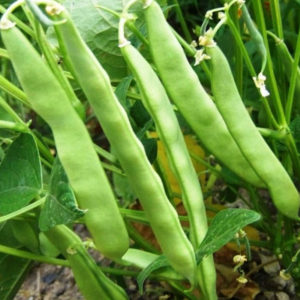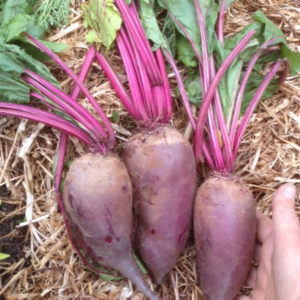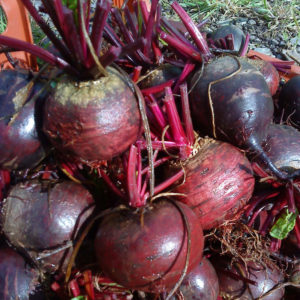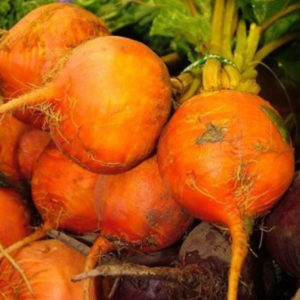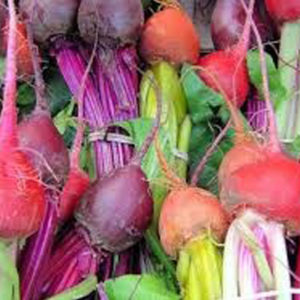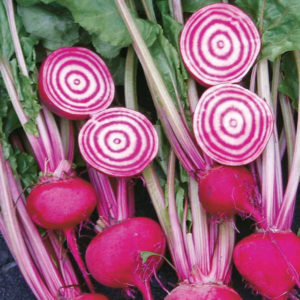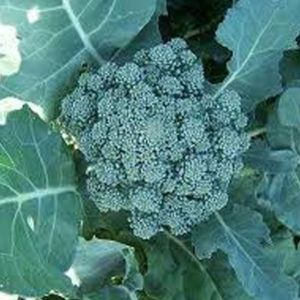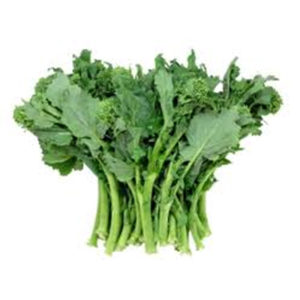-
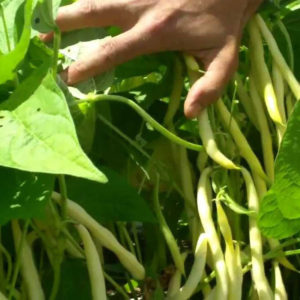 Phaseolus vulgaris Vibrant yellow podded dwarf bush bean about 15cm long these wonderful butter beans origins seem to come from South Carolina around the 1950’s. The strain is disease resistant, a vigorous grower with a good strong harvest. Best picked early while quite slender and they’ll be plenty to come. These are fun to seed save from as the bean is deep black.
Phaseolus vulgaris Vibrant yellow podded dwarf bush bean about 15cm long these wonderful butter beans origins seem to come from South Carolina around the 1950’s. The strain is disease resistant, a vigorous grower with a good strong harvest. Best picked early while quite slender and they’ll be plenty to come. These are fun to seed save from as the bean is deep black. -
Out of stock
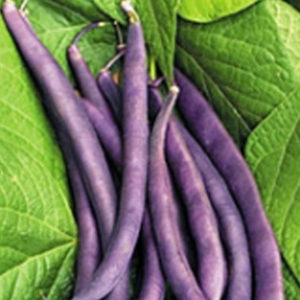 Phaseolus vulgaris Deep purple pods are oval shape and grow to 15cm on dwarf plants. The purple pods against the luscious green growth make for a beautiful as well as prolific bean plant. Can be eaten raw and when cooked will turn green.
Phaseolus vulgaris Deep purple pods are oval shape and grow to 15cm on dwarf plants. The purple pods against the luscious green growth make for a beautiful as well as prolific bean plant. Can be eaten raw and when cooked will turn green. -
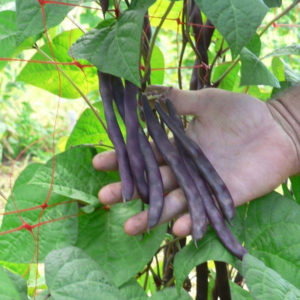 Phaseolus vulgaris Produces pink flowers, then deep purple tender oval stringless pods up to 18cm long. Very abundant over a long period. Needs staking or a strong trellis growing an impressive 2 metres or more. Always reliable and worth picking when pods are young. Can be eaten raw and when cooked they will turn green.
Phaseolus vulgaris Produces pink flowers, then deep purple tender oval stringless pods up to 18cm long. Very abundant over a long period. Needs staking or a strong trellis growing an impressive 2 metres or more. Always reliable and worth picking when pods are young. Can be eaten raw and when cooked they will turn green. -
 Phaseolus vulgaris Reliable round stringless tender dark green bean up to 15cm long. Tall climber 2 metres and more producing lots of white flowers then the lovely slender beans. Considered the best tasting bean Blue Lake is certainly one of the best producers over a long period of time. Copes well with heat and can be grown right through Spring to the early days of Autumn. Needs staking or a strong trellis.
Phaseolus vulgaris Reliable round stringless tender dark green bean up to 15cm long. Tall climber 2 metres and more producing lots of white flowers then the lovely slender beans. Considered the best tasting bean Blue Lake is certainly one of the best producers over a long period of time. Copes well with heat and can be grown right through Spring to the early days of Autumn. Needs staking or a strong trellis. -
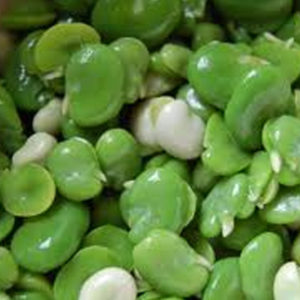 Vicia faba Gift from an Italian gentleman of these wonderful broad beans. Classic black white flowers on tall plant with huge amounts of pods. Seems to set very well. As usual stake and rope around plants early for wind protection later. Plant direct 15cm apart Autumn-Spring for Summer harvest. Consider a little lime and good compost in soil and mulch well. The secret of broad beans is don't overwater before germination or they'll drown. Once germinated not a problem.
Vicia faba Gift from an Italian gentleman of these wonderful broad beans. Classic black white flowers on tall plant with huge amounts of pods. Seems to set very well. As usual stake and rope around plants early for wind protection later. Plant direct 15cm apart Autumn-Spring for Summer harvest. Consider a little lime and good compost in soil and mulch well. The secret of broad beans is don't overwater before germination or they'll drown. Once germinated not a problem. -
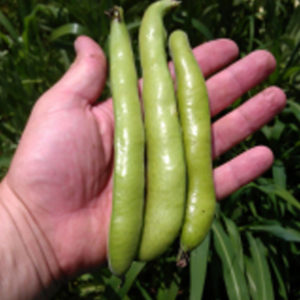 Vicia faba Long plants up to 120cm Aquadulce are the most common and most reliable to grow for those who are wanting a good tasty feed of broad beans. Pods are around 15cm with around 5 seeds per pod. Flowers are white with purple touches. Broad beans can be planted Autumn and Winter for a Spring crop although the flowers can be affected by frosts.
Vicia faba Long plants up to 120cm Aquadulce are the most common and most reliable to grow for those who are wanting a good tasty feed of broad beans. Pods are around 15cm with around 5 seeds per pod. Flowers are white with purple touches. Broad beans can be planted Autumn and Winter for a Spring crop although the flowers can be affected by frosts. -
Out of stock
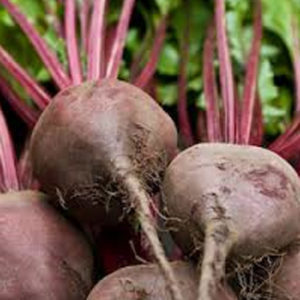
Beta vulgaris Sweet deep red beet with fine edible leaves. Excellent for spring and autumn.

